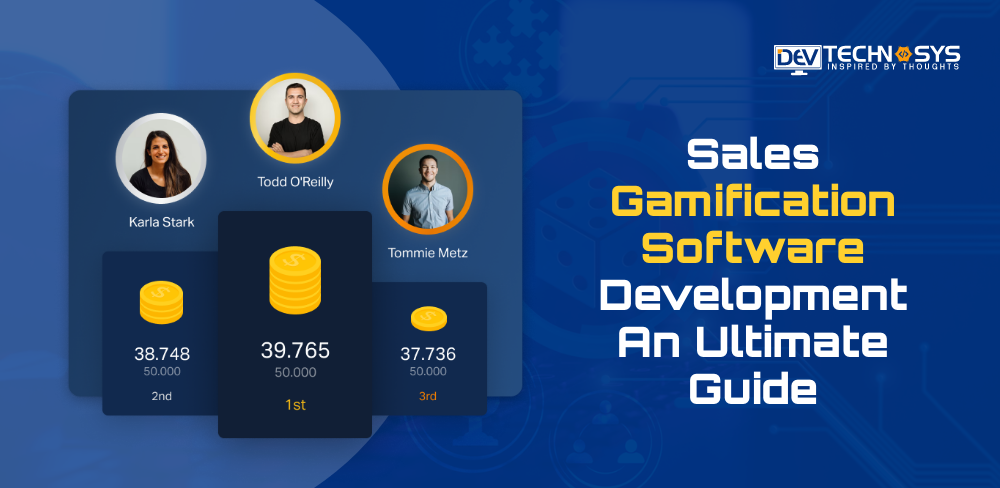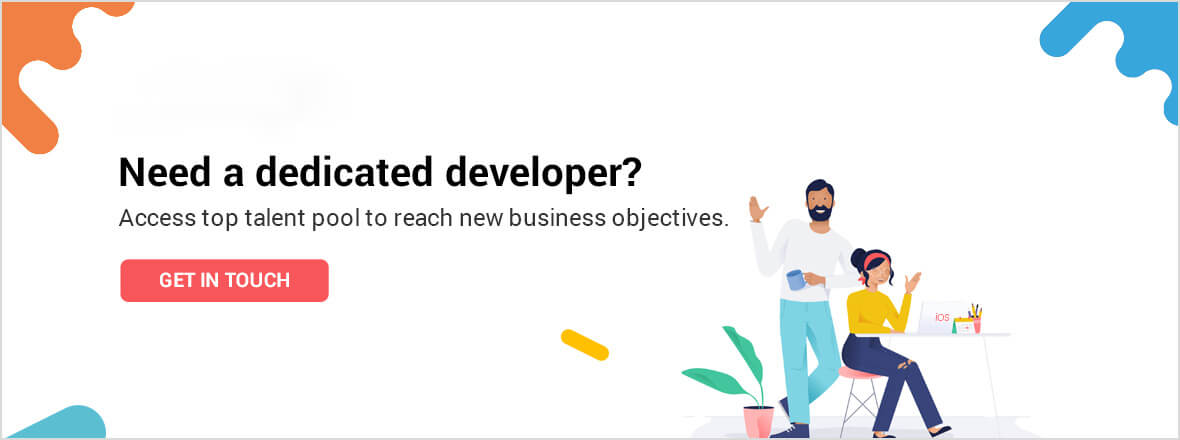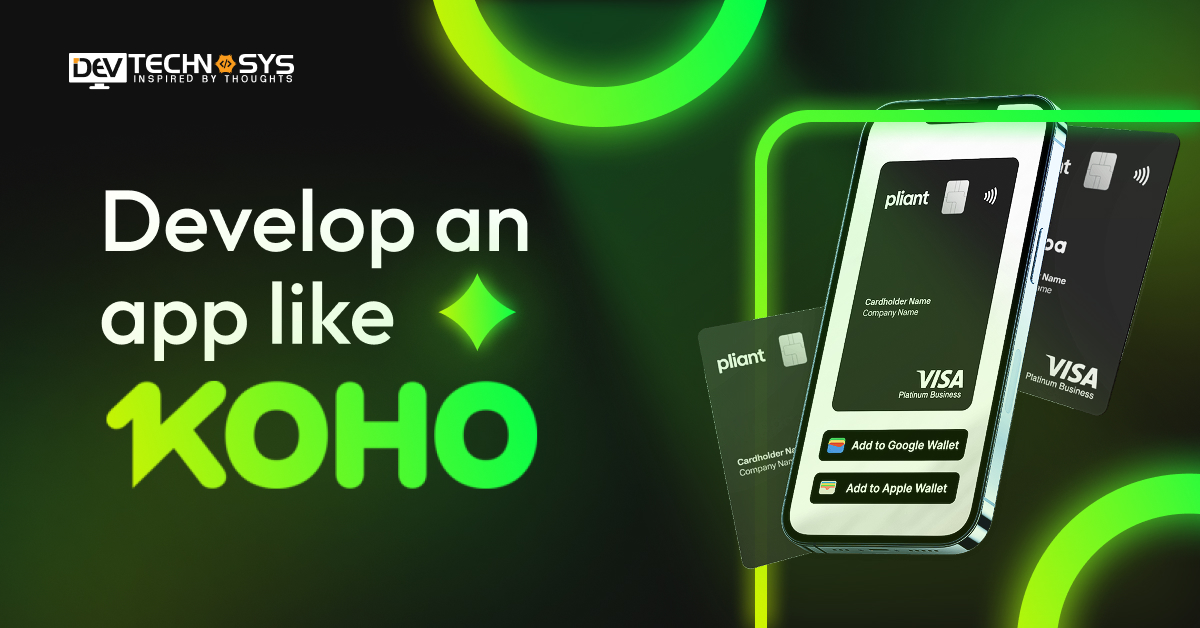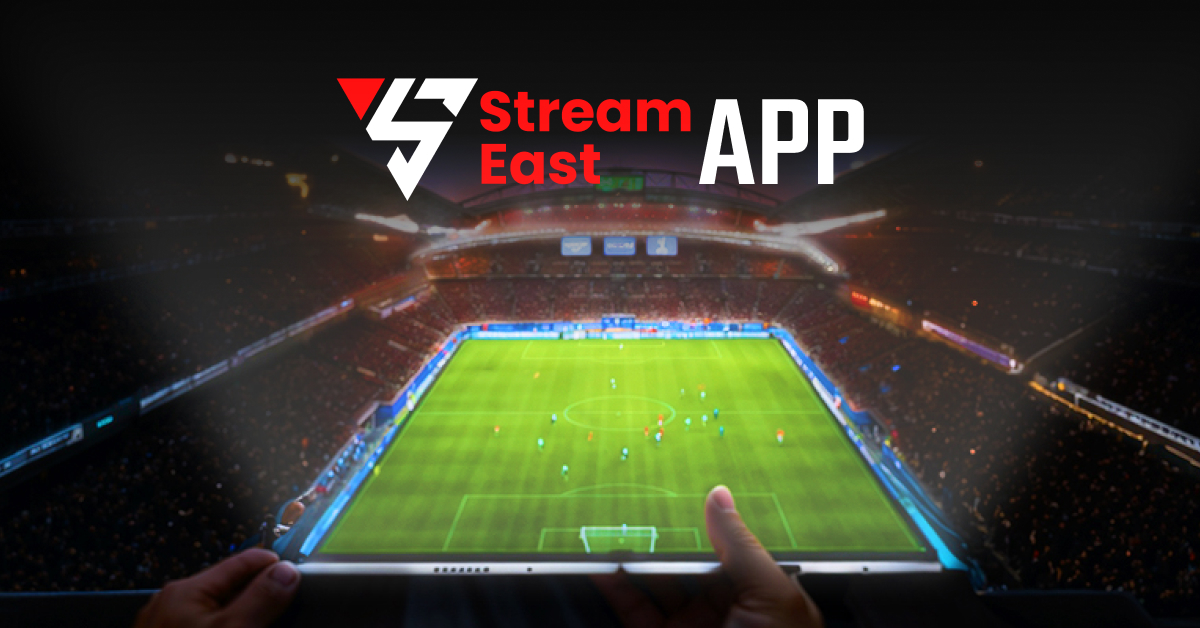Are you looking for sales gamification software development? If yes, you have reached the right place; this blog will detail how to develop sales gamification software, ensuring long-term business success.
Sales gamification is a digital tool businesses use to motivate and challenge sales teams and convince them to attain goals outside the traditional gaming environment. According to a study, the sales gamification software development market is estimated to advance at a CAGR of 20% from 2022 to 2031 and reach $2.7 Bn by 2031. These stats depict how it can be a lucrative opportunity for businesses to invest in custom sales gamification software development. However, when developing sales gamification software, entrepreneurs are concerned about the process to build sales gamification software.
If you are one of them, read this blog to learn about the sales gamification software development process, its mandatory features, and overall development cost.
Let’s begin!
Introduction of Sales Gamification Software
Sales gamification software refers to a digital tool used to incorporate game-like components into the organizational sales process for motivating the sales team to attain the set goals. The software transforms sales tasks and objectives into various competitive activities using features like leaderboards, points, rewards, and many more. Furthermore, the software integrates with CRM systems and sales, applying gaming strategies to real-world sales activities and objectives, making the sales environment more enjoyable.
So, if you want to invest in sales gamification software development to enhance your business’s sales process, you should consult with a software product development company. Experts will help you turn your ideas of sales gamification software development into reality, meeting your potential users’ needs and business goals.
Current Market Stats On Sales Gamification Software
As you are looking for the sales gamification software development, you must be aware about the market size of the software:
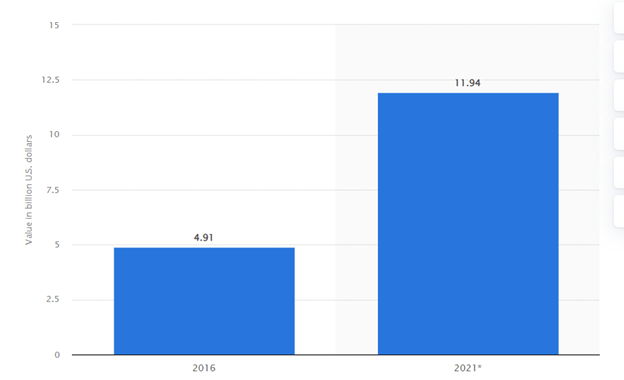
Source: Statista
Data about the global gamification market’s value between 2016 and 2021 is shown in this timeline. The gamification market is projected to increase from 4.91 billion US dollars in 2016 to about 12 billion dollars in 2021, based on the projections.
7 Key Steps of Sales Gamification Software Development
Understanding of sales gamification software development right from the start is critical to avoid the risk and reduce overheads. Hence, for a better outcome, consider the following guide for modern software development:
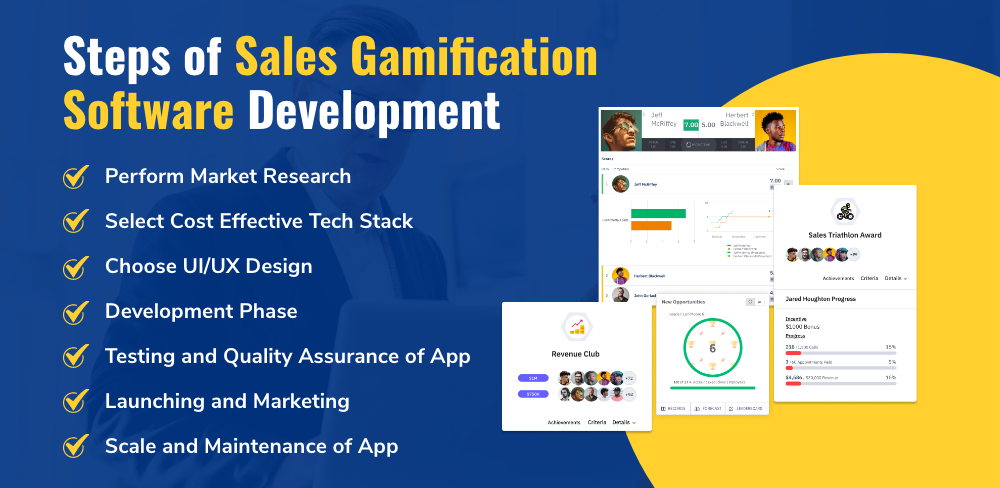
1. Perform Market Research
Before you start developing sales gamification software, you are supposed to understand the landscape. The first step you need to focus on is to conduct research to understand your target audiences and the pain points of the organizational sales team. Additionally, analyze how to address the pain point with your sales gamification software.
2. Select Cost Effective Tech Stack
Several game mechanics are available there that you can implement into your sales gamification software. However, with the help of an IT Consulting Services provider, you must select the one that best fits your business goals and integrates with your sales gamification software. The success of your software largely depends on your choice of tech stack, so carefully consider a tech stack to ensure ease of use and scalability.
3. Choose UI/UX Design
The user interface and user experience of your gamification platform play a critical role in developing intuitive and visually appealing sales gamification software. To ensure your software’s success, provide the interface and interaction with transparency to the target audience. If required, you can take assistance from a sales gamification software development company.
4. Development Phase
Once the design for your software is finalized, you can start to develop sales gamification software. Here, you are advised to hire software developers with in-depth knowledge of best practices and coding standards to translate the design into functional features. Furthermore, the features should be aligned with the requirements of accurate potential users.
5. Testing and Quality Assurance of App
This stage includes extensive testing so that bugs, glitches, and usability issues can be identified and addressed. Here, with the help of QA engineers, different tests are conducted, including usability testing, security testing, performance testing, and functional testing. Additionally, customer acceptance testing helps you to collect feedback and make necessary improvements.
6. Launching and Marketing
After the software product development and testing process, it’s time to launch your sales gamification software involving making your target audience excited about your product. It includes promotional campaigns, leveraging social media platforms, and press releases to reach potential users. By collaborating with an app development company, you can increase the credibility as well as visibility of your offering.
7. Scale and Maintenance of App
Once your sales gamification software is launched, consider ongoing maintenance and scalability to ensure a seamless experience. You are responsible for monitoring user feedback, market trends, and performance metrics so that continuous improvements can be adjusted. As your user base increases, ensure your infrastructure handles the increased load.
Essential Features of Sales Gamification Software
The best custom software development injects excitement and energy into the sales procedure. It fosters a competitive as well as collaborative environment, encouraging sustained performance improvements.
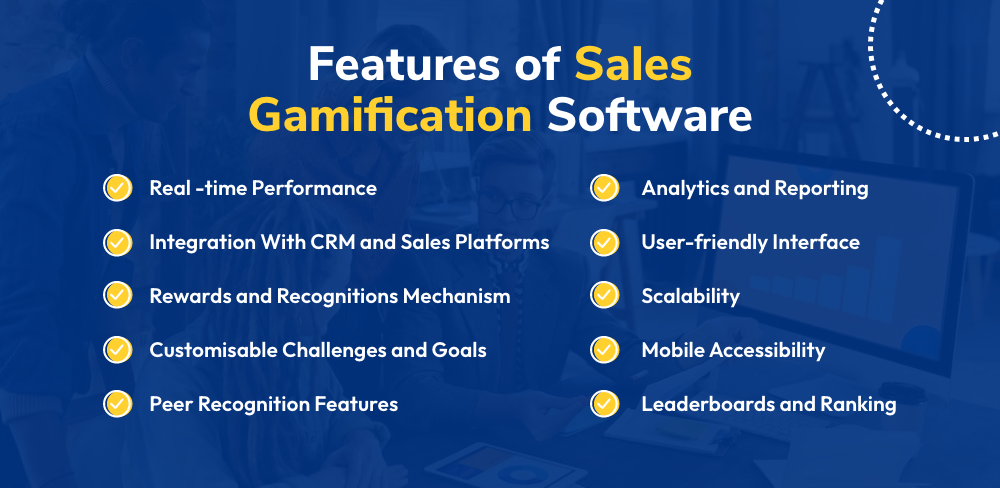
1. Real -time Performance
Ensure that your sales gamification software, allowing to provide instant feedback on team and individuals attainments. The feature maintains engagement and momentum.
2. Integration With CRM and Sales Platforms
This feature ensures that efforts of sales gamification software are seamlessly connected with organizational sales tools and workflows. It helps to automate the tracking of sales activities.
3. Rewards and Recognitions Mechanisms
Ensure your sales gamification software offers different reward mechanisms, such as points leaderboard, incentives, and so on.
4. Customisable Challenges and Goals
Hire dedicated developers to make software, allowing businesses to customize challenges and set specific goals aligned with sales strategies.
5. Peer Recognition Features
This feature of sales gamification software enables peer-to-peer recognition that fosters a collaborative and supportive work culture.
6. Analytics and Reporting
With this feature, businesses can get detailed insights into team and individuals performance that highlight the area for improvement and also identify top performers.
7. User-friendly Interface
Ensure your sales gamification software facilitates an intuitive interface so that users find it easy to navigate that allows them to access relevant information.
8. Scalability
As with the growing business, the sales process and requirements also change. So your software must be scalable to accommodate the evolving business needs, including effective CMS development.
9. Mobile Accessibility
Make sales gamification software, letting users access the platform anywhere, anytime using their tablet or smartphone, ensuring engagement and participation.
10. Leaderboards and Ranking
Your sales gamification software should display real-time standing to foster a competitive environment. This feature helps to recognize top performers and promote a healthy competition.
How Much Does It Cost To Build Sales Gamification Software?
When developing sales gamification software, cost is another critical thing to clarify. On average, the cost Of custom software development ranges from $ 10,000 to $ 27,000. It’s not the fixed costs, as several factors influence the overall development cost of sales gamification software.
For instance, the software’s complexity is the major factors that affect the cost to build sales gamification software as given in the table below:
| Sales Gamification Software’s Type | Estimated Cost | Time Frame |
| Simple Sales Gamification Software Development
|
$10000 – $16000 | 3 to 5 Months |
| Medium Complex Sales Gamification Software Development
|
$16000 – $22000 | 5 to 8 Months |
| High Complex Sales Gamification Software Development
|
$27000+ | 10+ Months |
In the table, you can see a comparison of sales gamification software development costs. Understanding the cost of your software development divided based on the software’s complexity is helpful. Still, if you have difficulty understanding the cost, you can consult with an enterprise product development company.
Experts are committed to developing sales gamification software on time and within your budget without compromising the design, features, and quality.
Know Cost To Maintain Sales Gamification Software
Once you have developed sales gamification software, the process does not end here. You are responsible for maintaining your software up-to-date. However, it requires spending some money on the app’s maintenance. The maintenance cost of sales gamification software depends on the app’s complexity, the addition of new features, and overall project requirements.
Hence, on average, the maintenance cost of sales of gamification software falls somewhere between 15 and 20% of the overall development cost. If businesses spend over 20% of the maintenance costs, they must ensure they obtain the desired outcome.
If you find it quite difficult, it would be better for you to seek assistance from a CRM development solution provider. The software development company will help you budget for maintenance costs and ensure the smooth functioning of the sales gamification software.
Why Should an Entrepreneur Invest In Sales Gamification Software Development?
Entrepreneurs should invest in sales gamification for various compelling reasons. Additionally, with integrating chatbot development into the sales gamification, business can enjoy the following benefits:
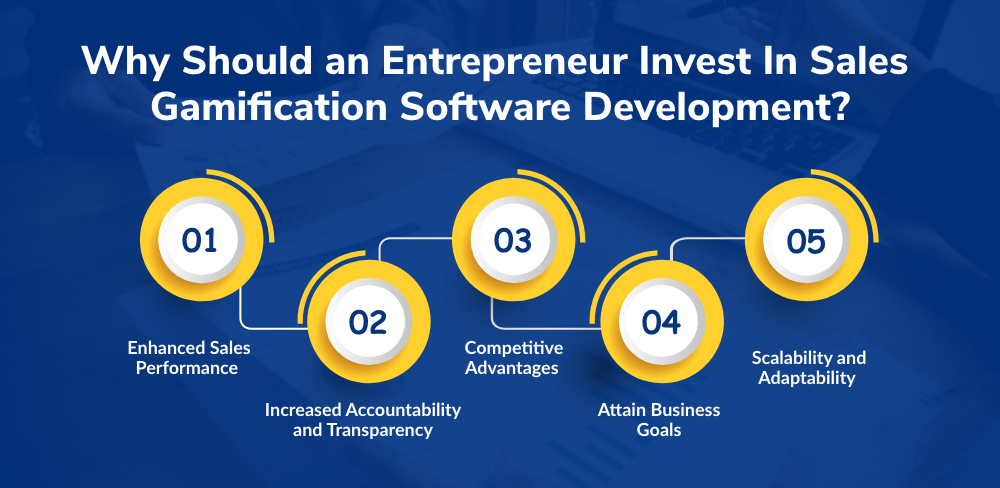
1. Enhanced Sales Performance
Sales gamification software motivates and engages sales teams, significantly boosting overall sales performance. Through gamified challenges, competition, and rewards, sales representatives attain their target, which increases business productivity and revenue.
2. Increased Accountability and Transparency
Sales gamification software facilitates real-time performance tracking provided by software testing services provider, which gives entrepreneurs valuable insight into their sales team’s activities and progress. Hence, this increased visibility fosters accountability among all staff and also enables managers to adjust improvements in identified areas.
3. Competitive Advantages
In the current competitive market, businesses must leverage all the available tools to gain a competitive edge. Investment in sales gamification software development depicts a commitment to employee development and innovation, which helps attract top talent and outperform competitors in the market.
4. Attain Business Goals
With customized challenges and objectives, businesses can align their sales activities with their business goals. Whether it’s improving customer retention or customer acquisition, gamification strategies can be tailored to support particular business priorities and goals.
5. Scalability and Adaptability
As businesses grow, sales requirements and processes also change. Hence, as per SAAS application development company sales gamification software facilitates scalability and adaptability, allowing companies to scale up or change their gamification strategies to acclimate the changing objectives and needs.
Know How We Can Help!
Sales gamification software is an excellent tool for businesses to improve sales, motivate staff and boost productivity. In the current competitive market, entrepreneurs find to build sales gamification software worth investing in as it helps make sales efforts meet business goals.
If you are interested in investing in Staples gamification software development, look to create a sales gamification software solutions provider that can bring you closer to your business goal.
We at Dev Technosys provide different industry-specific gamification software development services using cost-effective software development methodologies. With years of experience, our team of dedicated developers assists clients in prioritizing features, selecting the best tech stack, and developing a successful sales gamification software development strategy.
So what are you waiting for? Just share the requirements of your sales gamification software and obtain the desired outcome.
Frequently Asked Questions On Sales Gamification Software
1. What Is Sales Gamification Software?
It’s a digital tool aimed to optimize the organizational sales performance by incorporating game-like components into the sales procedures. The software encourages and motivates sales teams at the workplace by offering rewards.
2. How Much Does It Cost to Build SaaS Software?
The SaaS software development cost largely depends on different factors such as software’s complexity, features, and so on. Hence, on average the development cost ranges somewhere $10000 – $27000.
3. How Long Does It Take To Develop a Sales Gamification Software?
Time frame of the sales gamification software development could be approximately 3 to 10 months, depending on the project’s complexity and scope. However, the timeline can fluctuate as per projects’ requirements.
4. How Can You Reduce The Cost To Create Sales Gamification Software?
To reduce cost of the sales gamification software development, look at the following points:
- Efficient planning
- Prioritize key features
- Opt for agile development
- Outsource development
- Leverage existing resources.
